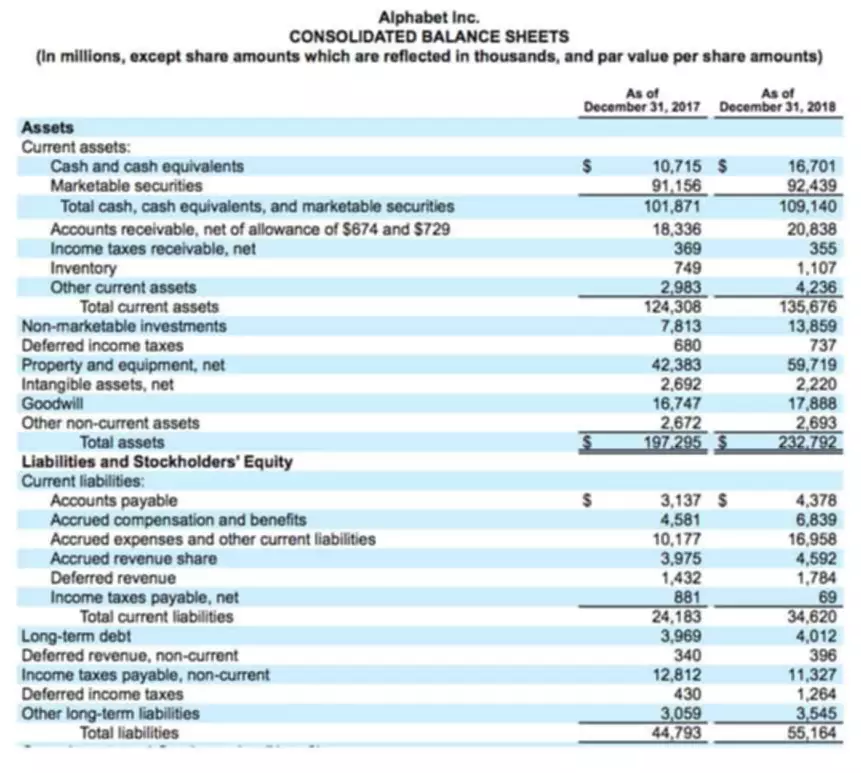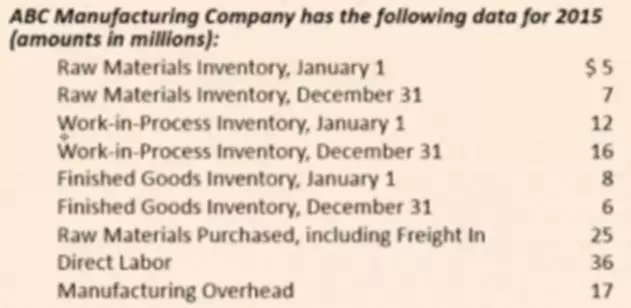Content

Of course, we all want a contribution margin as close to 100 percent as possible, but that’s not likely. Most businesses operate at a less than 50 percent margin, but it won’t be the case on every product or service. Further, it is impossible for you to determine the number of units that you must sell to cover all your costs or generate profit. The Contribution Margin Calculator is an online tool that allows you to calculate contribution margin. You can use the contribution margin calculator using either actual units sold or the projected units to be sold. In the Dobson Books Company example, the contribution margin for selling $200,000 worth of books was $120,000.

In the Dobson Books Company example, the total variable costs of selling $200,000 worth of books were $80,000. Remember, the per-unit variable cost of producing a single unit of your product in a particular production schedule remains constant. Thus, the level of production along with the contribution margin are essential factors in developing your business. Now, it is essential to divide the cost of manufacturing your products between fixed and variable costs. The contribution margin represents the portion of a product’s sales revenue that isn’t used up by variable costs, and so contributes to covering the company’s fixed costs. The contribution margin should be relatively high, since it must be sufficient to also cover fixed expenses and administrative overhead.
Formula and Calculation of Contribution Margin
The contribution margin ratio is the percentage of sales revenues, service revenues, or selling price remaining after subtracting all of the variable costs and variable expenses. The contribution margin ratio is the difference between a company’s sales and variable costs, expressed as a percentage. This ratio shows the amount of money available to cover fixed costs. It is good to have a high contribution margin ratio, as the higher the ratio, the more money per product sold is available to cover all the other expenses. Sam estimates that he spends $3 on variable costs per pizza and hasfixed costsof $250 a day. On average, Sam sells 100 $10 pizzas each day making his contribution margin ratio 70 percent ($10 – $3 / $10). Sam’s total sales revenue each day is approximately $1,000 on average.

The contribution margin formula is calculated by subtracting total variable costs from net sales revenue. In other words, what is a contribution margin ratio contribution margin per unit is the amount of money that each unit of your product generates to pay for the fixed cost.
Contribution Margin Calculation
Fixed costs are basically the production costs that remain the same, no matter the volume of production. On the other hand, variable costs will rise and fall with production volumes. https://www.bookstime.com/ Thecontribution margin ratio formulais calculated by dividing the sales less variable costs by the sales. The equation can be simplified by dividing the margin by the sales revenue.
Knight points to a client of his that manufactures automation equipment to make airbag machines. For this client, factory costs, utility costs, equipment in production, and labor are all included in COGS, and all are fixed costs, not variable. This is a special income statement that separately lists the variable costs and the fixed costs incurred by a business.
Contribution Margin Formula and Contribution Margin Ratio Formula
Management will use the contribution margin to understand what price they should charge for a product at the very least, in order to not lose money. The breakeven price should define a lower boundary for the price of a product.
Contribution Margin – Accounting – Investopedia
Contribution Margin – Accounting.
Posted: Sat, 25 Mar 2017 18:42:14 GMT [source]





